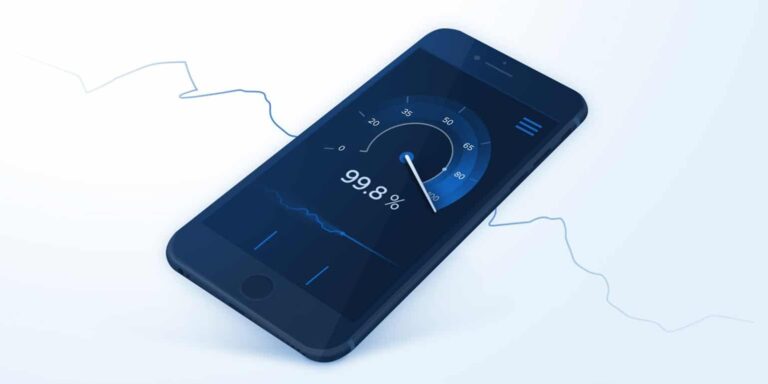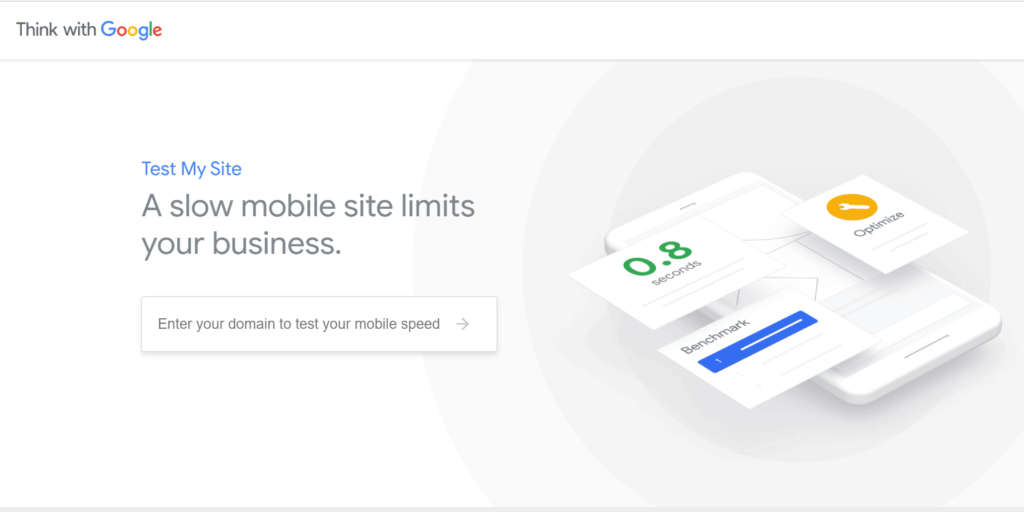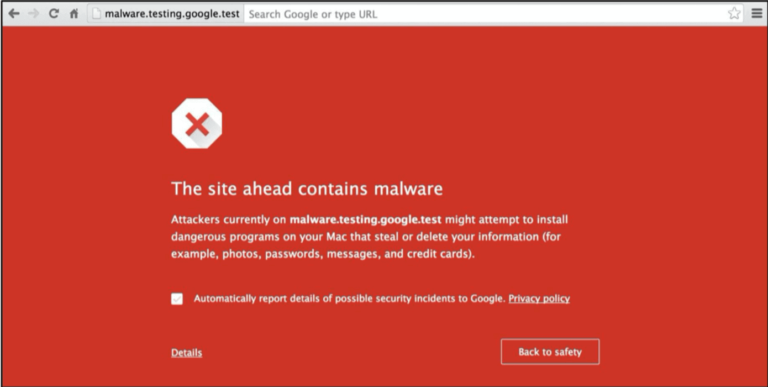How to make your website load fast on mobile (2025)
More people are using mobile to access the internet than desktop. A fast website on mobile can greatly improve SEO and conversion. Here is how to speed up a site on mobile

Your website performance on mobile devices is now more important than it performs on desktops.
This is because there are more people using mobile to access the internet than there are people using desktops.
According to StatCounter, over 50% of internet users worldwide use mobile devices. While only a little over 47% use desktops.
If you are optimizing your site mostly for desktop only, you are hurting your business success. Mobile is more important now than ever.
How your site performs on mobile is very important for SEO. Google’s approach is now mobile-first indexing. This means that Google uses the mobile version of a website for indexing and ranking.
If your site is fast on desktop and slow on mobile, your ranking will suffer for it. The performance of your site on mobile should be more important than its performance on desktops.
Making your website load fast on mobile will improve your SEO, reduce bounce rate and increase conversion.
But optimizing a site for speed on mobile is not as easy as optimizing a site for speed on desktops. Thankfully, this article can help you make your website load fast on mobile if you follow the tips I have listed here.
Testing your website’s speed
First thing you should do is to test the speed of your site on mobile. This will give you a clear picture of how fast or slow your site is.
Just because your site is loading fast on desktop is not a guarantee that it is loading fast on mobile. It is possible for your site to be super fast on desktop but super slow on mobile.
There are many mobile testing tools, but I prefer using Google’s Test My Site for mobile speed test.
Simply visit ThinkWithGoogle and input the URL of your site. You should be able to test how fast your site is.

For me, a site that loads within 3 seconds is good enough. But Think With Google recommends at least 2.4 seconds.
How to make your website load fast on mobile
Here are the best practices to speed up your site on mobile:
Use a responsive theme
A responsive theme is a theme that adjusts to fit all devices. This means that even if your users come from desktop or mobile or tablet, your theme will serve them a version of your website that fits whichever device they are using.
Serving the desktop version of a website to mobile users will slow down the load time. And it is terrible for user experience.
Using a responsive theme is very important. It is the first foundation of a fast website on mobile. There are several responsive themes you can pick from. Read through my list of Top 10 fastest and best WordPress themes, any of the theme listed there is good enough and responsive.
Use a fast web host
Your web host plays the most important role in speeding up your website. A very fast web host with latest hosting technologies will make your website load fast on mobile.
If you have a slow web host, no matter how you optimize your website, you may not see a significant improvement.
I recommend Cloudways and Kinsta for established websites. TargetTrend is hosted at Cloudways. For beginner sites, I recommend Bluehost.
Use AMP
Accelerated Mobile Pages (AMP) is a project by Google to speed up websites on mobile.
AMP is optimized for mobile browsing and can help speed up the load time of a website significantly. It can also reduce the number of requests by over 77% according to a study.
You can get started with AMP by installing the official AMP plugin. There are other AMP plugins, you can use them too.
Once you activate the plugin, you can choose any of the three modes available. If a majority of your visitors come from mobile, consider using the transitional or standard mode. But your theme must be AMP compatible.
Lazy load images
Images can slow down a website, most especially on mobile devices. The best way to handle them is to load them when users have scrolled to it. That way, they will only load when need and therefore have little or no effect on load time.
If you try testing your website on PageSpeed insight or Web.dev and you are warned to “defer offscreen images,” it means images are slowing down your load time and you should consider lazy loading them.
Lazing loading images is all about delaying the loading of images until a user scroll to it. This can improve speed.
There are many plugins to handle lazy loading. Most cache plugins and image optimization plugins have lazy loading options.
Eliminate render-blocking resources
Eliminating render-blocking resources can speed up the load time of your website on mobile.
There are usually some Java scripts and CSS that make it hard for the browser to render a website fast when a user visits. This is because the browser has to stop and read these files before it can render the site to the user.
Eliminating these resources can speed-up load time. There are plugins like Autoptimize that can help eliminate render-blocking resources.
I have a helpful article on this, you should read: How to Eliminate render-blocking resources in WordPress.
Remove unused CSS
Having a lot of unused CSS can slow down a website. Unused CSS are CSS that are not needed for a website to load. But because they are present, the browser still needs to download, parse, and process them.
There are plugins such as Perfmatters and Asset CleanUp that can help remove unused CSS.
I have written a simple guide on this: How to remove unused CSS and JS in WordPress.
Generate Critical CSS
Critical CSS is used to easily extract above-the-fold contents to render them fast to the user. Having a critical CSS path can speed up the load time of your website on mobile and desktop.
There are plugins that can help Generate Critical CSS. WP Rocket can do that, LiteSpeed Cache and WP Performance can also generate critical CSS.
Have a good caching system
Caching is a very reliable way to speed up a website. You should use an effective caching plugin to serve cached content to your mobile visitors. WP Rocket is a premium caching plugin that is very effective. W3 Total cache, if well configured can be very effective.
Most managed web hosting companies offer server-level caching. Find out if your web host offers the same and ask them to activate it for your site if it is not out of the box.
You can request your host to install and activate Varnish cache. Varnish cache is known for speeding up websites.
Optimize images
Make sure that you compress images. I prefer completely compressing images before uploading them. However, there are many plugins such as Optimole and others that can help compress images inside WordPress.
Serving WebP images can help boost website speed too. WebP is smaller than JPG and PNG and, therefore is more speed-friendly.
There are many plugins that can help convert and serve WebP images. Optimole and flying images can do this very well.
Minify code
Minification is the process of compressing the code of a website from a larger to a smaller size. The smaller the better as long as it does not break anything.
You should consider minifying JS and CSS.
Most caching plugins offer minification features. But make sure that you use staging to test because minification is known to break websites.
Minimize redirects
Too many redirects can slow down your website, most especially on mobile. It can slow down the server response time.
Make sure that you are not having too many redirects. If you are, then reduce them as much as you can.
Enable compression
Compress files to make your website fast on mobile. The smaller things are, the faster your site will be.
Gzip or Brotli can significantly boost your website speed by compressing website files. Generally, Brotli is better than Gzip. But any of them will work fine. Check with your web host to enable compression for you.
There are also plugins that can help you enable compression if a plugin solution is more suitable for you.
Reduce number of AdSense per page
Google AdSense is one of the most popular ways to make money blogging, but it is also known to significantly slow down websites.
From my observation, if you deactivate AdSense, you will instantly notice a very big difference in your load time.
But money is very important as well as speed. So you have to reach a compromise. Google recommends 3 ad units per page. If you stick with that, then you should be fine.
I have noticed that the Matched content units and page-level ads have the most negative impact on mobile loading time.
Use a CDN
A Content Delivery Network can help boost the speed of your website by making a static copy of your website and serving it to users around the world from a location closer to them when they try to visit your website.
If you are not using a CDN, then you are missing out!.
Check out the best WordPress CDN Providers.
Use system stack font
Recently I was trying to speed up the load time of this website on mobile. So I decided to stop using Google font and tried system stack, and to my surprise, there was a significant improvement in speed.
Google fonts and font awesome are amazing but they can slow down website. Using system stack ensure that no external requests are made, since it is the font of whatever device the user is using that is needed.
Some themes make it easy to change to system stack. Simply switch to system stack.
Make use of newer PHP versions
Newer PHP versions are typically faster than the older ones. You should ensure that you are making use of the latest PHP version or just one version backward.
Not just for speed, but also for security.





